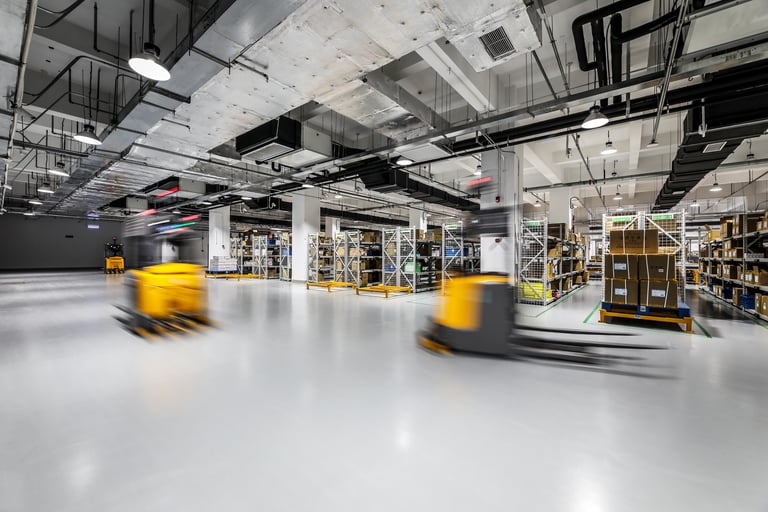Digital transformation often begins with good intentions and ambitious plans. Teams start collecting data from sensors, assets, and systems across the operation, hoping it will one day power smarter decisions.
But too often, the result is a patchwork of disconnected initiatives: one team chasing predictive maintenance, another building a dashboard, another exploring AI. The data piles up, but there’s no shared vision for how it all comes together.
The problem isn’t the lack of data. It’s the lack of direction.
The “Data First” Trap
It’s easy to fall into the trap of collecting data for data’s sake. Teams are told to gather “as much as possible” in case it becomes useful down the line. But without a clear objective, this approach creates more confusion than clarity. Engineers spend time wiring up systems and managing data pipelines without knowing how or even if that data will be used.
This creates fatigue and frustration. Initiatives stall. Momentum fades. Leaders ask for outcomes, but the team is buried in infrastructure.
Start with the End in Mind
This is where simulation can reframe the entire digital transformation journey.
Unlike general-purpose data initiatives, building a simulation-based digital twin starts with a question: What decisions are we trying to improve?
Is it optimizing throughput across a complex supply chain? Adjusting maintenance schedules to minimize downtime? Balancing energy use with production targets?
By defining the decision space first, the effort gains structure. You now know:
-
What systems need to be modeled
-
What data is essential versus optional
-
Which constraints and objectives must be captured
Suddenly, the data effort becomes focused. The goal is no longer to collect what’s available, but to gather what is relevant to the decisions that matter.
Why It Grounds the Transformation
A simulation-based digital twin drives cross-functional alignment. Operations, planning, engineering, and IT all need to agree on how the system works, how decisions are made, and how performance is measured.
That shared understanding:
-
Connects scattered initiatives under a common goal
-
Prioritizes data that actually drives insight
-
Creates a living model that evolves as the business does
More importantly, it lays the foundation for a Decision Intelligence strategy. Teams can model, test, and improve decisions over time instead of reacting to disconnected data points.
From Data Swamp to Decision Engine
We’ve seen organizations shift from siloed data efforts to focused, value-driven transformation by changing the center of gravity. The focus moves from collecting data to improving decisions.
Simulation is a natural anchor for that shift. It doesn’t just consume data. It forces the right questions about which data matters and why.
Final Thoughts
Digital transformation is a journey, but it needs a destination. Without one, even the best tools and teams can drift.
Simulation brings that destination into view. It grounds transformation efforts in the decisions that drive value and provides the structure needed to build from.
If your transformation feels like it’s moving without momentum, take a step back and ask:
What are we actually trying to decide?
That answer might be the beginning of a more intelligent approach to every decision that follows.





